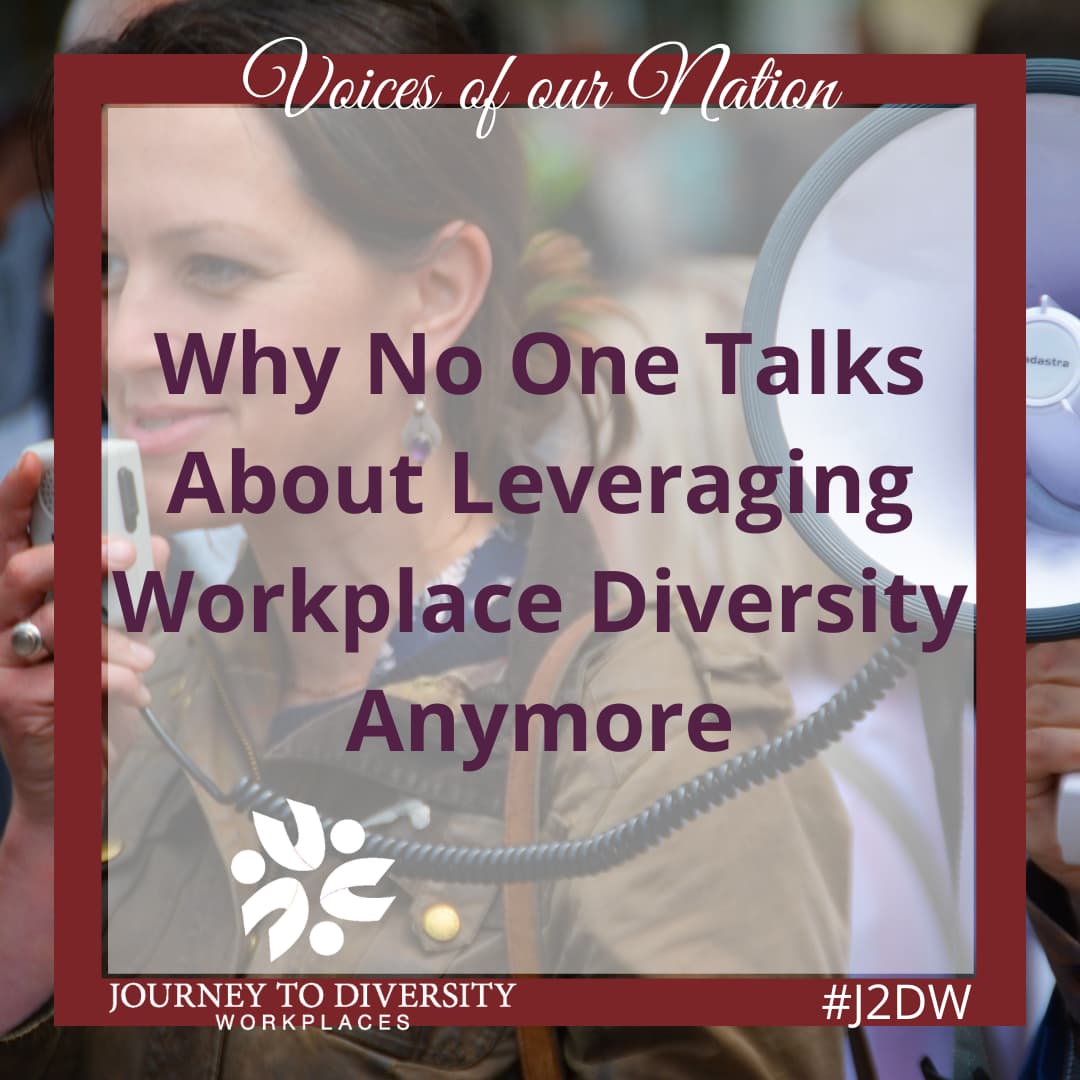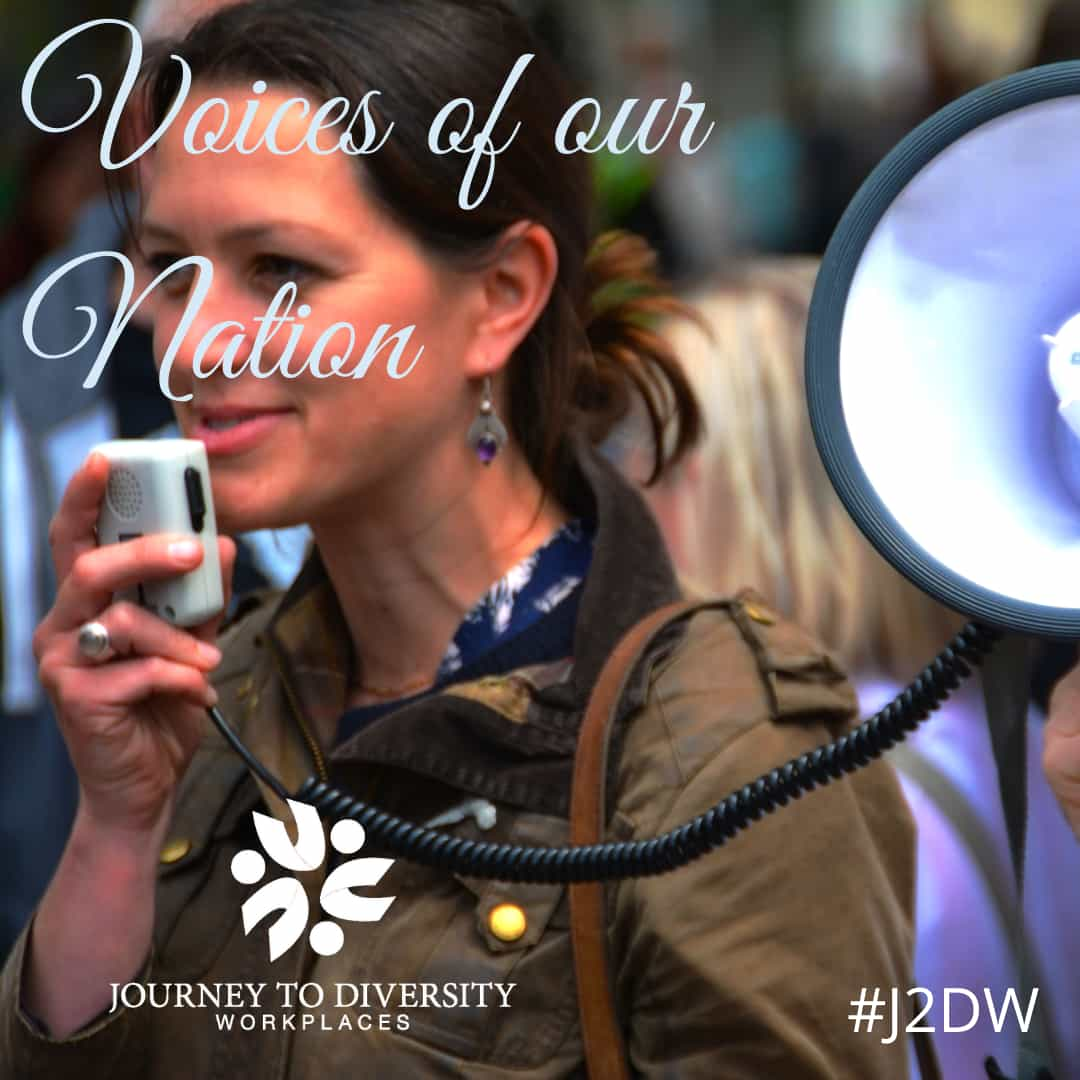Diversity is a variation and variety of differences within a group of people. Leveraging workplace diversity fosters an inclusive workplace where diversity and individual differences are valued and leveraged to achieve the vision and mission of the organization. Diversity is an inclusion of individuals representing more than one national origin, color, religion, socioeconomic status or sexual orientation. In the workplace, a diverse group of people can be considered as a team. Diversity extends beyond gender, race, age, education, disability, religion, sexual orientation, background, and family situations. Our challenge is to build a workplace where everyone feels valued and respected. There are several benefits of workplace diversity. However, the differences between people can have positive or negative consequences depending upon if these people are being effectively utilized within the workplace.
Inclusion is a feeling of belonging, being treated fairly, and providing people with an equal opportunity to be successful in the workplace. Employees should feel comfortable about their workplace environment, be allowed to express their appropriate ideas, be encouraged to collaborate with other employers or employees to develop strategies for solutions to workplace issues, and also be fully engaged as a productive member of a team. Individual employers and employers’ ideas should be allowed to remain genuinely authentic, because their specific life experiences, skills, or ideas can be a significant asset to a workplace.
An inclusive workplace enables workplaces to embrace the diversity, richness of backgrounds and perspectives of our people. Inclusion also encourages workplaces to leverage their employees’ diverse talents to arrive at effective organizational solutions. Inclusive workplaces allow everyone to have equal access to opportunities. There is also open communication and information sharing as well as shared accountability and responsibility. Research has shown that a diverse and inclusive workforce is more productive and innovative. The diversity of Canada’s population is expected to increase significantly in the next two decades which should provide more opportunities to strengthen workplaces by infusing a wider range of beneficial ideas through inclusiveness. By 2017, visible minorities are expected to represent one in five people in Canada’s available workforce. However, workplaces are still reluctant to employ visible minorities as approximately 17% of Canada’s visible minorities are currently employed.
The benefits of having cognitive diversity in the workplace are generally the same benefits that workplaces try to attain through strong leadership and great communication. Cognitive diversity is considered as a more inclusive and collaborative form of diversity where people feel empowered to create and implement their ideas. This type of diversity can create a workplace environment of ingenuity and innovation when various diverse groups come together to successfully with the common purpose of obtaining the goals of the workplace.
There are different levels of cognitive diversity which are the primary, secondary, and organizational levels. The primary level consists of the legal aspects of diversity. This level factors are generally more focused on compliance to various laws or requirements regarding age, ethnicity, sexual orientation, physical or mental abilities, race, and gender of employees. The secondary level considers workplace factors such as social status, nationality, location, and the overall level of educational experiences. The secondary level also is concerned with the personal differences of individuals composing the workplace teams. The organizational level considers the level of effectiveness at which people are operating within a business. The organizational level introduces factors such as proper team functioning, workplace location, team division or sector issues and career motivation. This level also aims to improve the interactions and communication within the workplace. An analysis of problem-solving techniques is also generally conducted at this level of cognitive diversity.
Substantial criticisms of cognitive diversity exist as some people question its effectiveness after cognitive diversity is implemented in the workplace. Cognitive diversity requires that employers help the individual employees become fully aware of their strengths and weaknesses. The cost can be significant in regards to developing techniques that allow each employees’ strengths and weaknesses to be properly identified. Workplaces, with limited resources, may find it to be impractical to adequately address employee weaknesses even though doing so could improve the overall quality of a workplace. Dividing people into diverse groups or teams could potentially create more workplace issues if people in the teams are not willing to cooperatively work together to achieve the workplace goals. People can process information differently which makes it challenging to use resources effectively to develop training programs that will maximize the potential of the individual employees. Cognitive diversity assumes that people can work together and realistically some people may always struggle to relate to their team members in order to be able to work cooperatively with them. It can also be challenging for employers to fully understand each interaction that takes place between their employees, especially when some interactions can be “hidden,” or non-verbal communication, to come up with solutions to barriers to communication and other important factors that can negatively impact a workplace.
Workplaces should assess whether cognitive diversity will be beneficial to their organization. A workplace’s success typically depends upon its ability to embrace diversity and also to realize the benefits of diversity. However, taking full advantage of the benefits of workplace diversity is not without its challenges such as communication barriers, resistance to change, ineffective implementation of diversity policies, and improper workplace diversity management. Strategies should be developed to effectively address these barriers to allow workplaces to be more productive and successful. Attitudes toward diversity originate at the top and filter down to the employees. Management cooperation and participation is required to create a culture that is conducive to the success of an organization. A diverse workforce that feels comfortable communicating varying ideas and experiences can assist a workplace to achieve its objectives and goals.
Source: Statistics Canada
This article was contributed by volunteer blogger Shan Simpson






